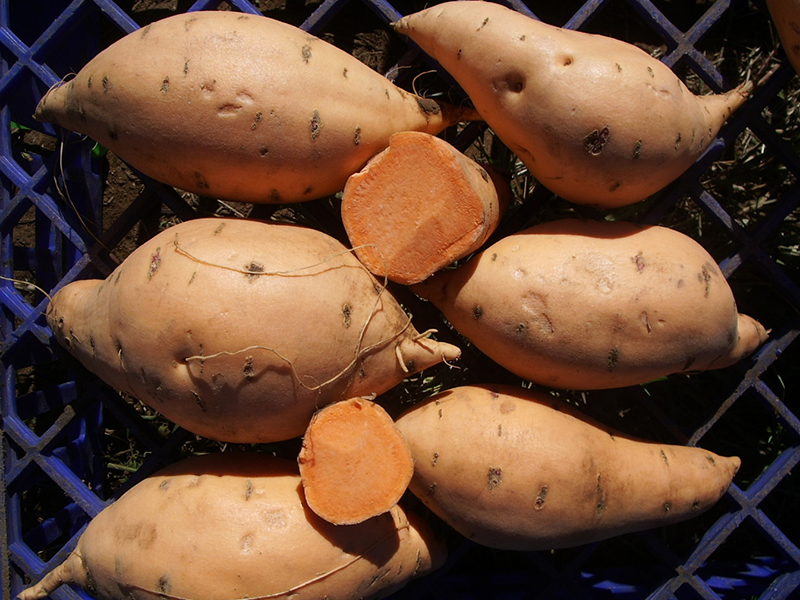The Thanksgiving holiday has its roots in ancient harvest festivals. Americans usually credit the first Thanksgiving in the U.S. to the Plymouth Colony, in November 1621. Grateful people came together to celebrate a successful harvest. Before trade networks or long-term food storage, failed crops meant hunger or even starvation. So, bountiful harvests were causes of great joy.
There’s no doubt 2020 has been a tough year in agriculture. Supply chain challenges with shifting markets at the beginning of the pandemic created extra hurdles for farmers. Many farmers in the Midwest also suffered great loses from the historic derecho in August. However, facing challenges is nothing new for those who depend on the land. As we give thanks, let us not forget all farmers – past and present – who find solutions and continue to grow food for the world. Read more in “What types of farming challenges did the pilgrims face?”
In addition to the growers who tended our food, let’s also be thankful for the scientists working behind-the-scenes to help us have a sustainable food supply. For many of us, cranberry sauce, turkey and sweet potatoes are traditions around the Thanksgiving table.
But, the ways these foods are produced continue to change as scientists discover more. Adding salts to cranberry bogs, spreading poultry litter on cotton fields and predicting sweet potato yields are just a start. Read “Soils and your Thanksgiving meal” to see how research ensures that we can continue to feed the global population with nutritious food. All while looking out for our environment, too!
An essential part of many Thanksgiving meals in the U.S. and Canada is cranberries. So, we like to give them a little extra attention this time of year. Native Americans harvested wild cranberries growing in nature and introduced them to settlers hundreds of years ago. Today, most of the cranberries we eat come from one type of wild cranberry grown by farmers.
Cranberry operations are often family farms, with multiple generations involved in the business. Because of the specialized growing conditions and dedicated facilities to manage post-harvest fruit processing, cranberry production is concentrated in a few areas. The top growing states in the U.S. are currently Wisconsin, Massachusetts, and New Jersey.
Whether you prefer whole-berry sauce, jellied sauce, or relish, we encourage you to raise your Thanksgiving cranberry conversation to the next level! Study-up on fruity facts from “Fun facts about cranberries for Thanksgiving” and “The Cranberry: a very American berry.”
The American Society of Agronomy, Crop Science Society of America and Soil Science Society of America wish you a happy Thanksgiving. Don’t forget to reflect upon the full story behind your food at the feast – and as you appreciate your family and friends safely!
These blogs are sponsored and written by members of the American Society of Agronomy, Crop Science Society of America and Soil Science Society of America. Our members are researchers and trained, certified professionals in the areas of growing our world’s food supply and protecting our environment. They work at universities, government research facilities, and private businesses across the United States and the world.



